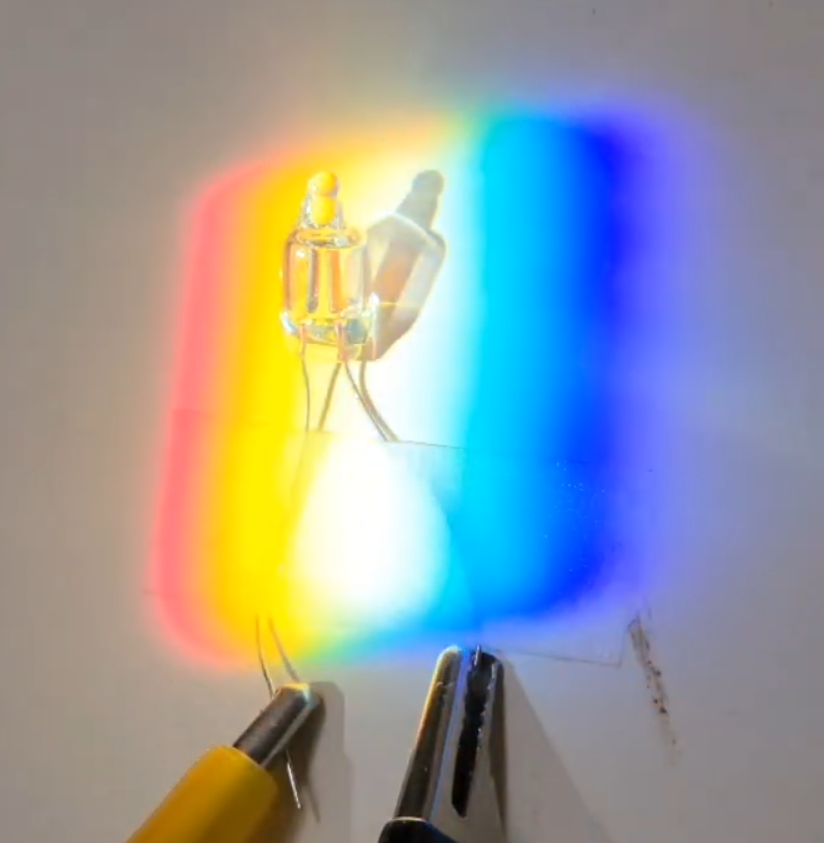Demonstrating The Photoelectric Effect Using Neon Lamps [Hackaday]
Neon lamps are fun to play with. These old-school indicators were once heavily utilized in many types of equipment for indication purposes but now seem largely relegated to mains voltage indication duties. Here’s a fun video by [Ashish Derhgaen], discussing the photoelectric effect of neon lamps with some simple demonstrations.

[Ashish] demonstrates the well-known photoelectric effect by triggering a sub-biased neon lamp with visible light from an LED. Neon bulbs work on the principle of voltage-induced ionization, creating a visible glowing plasma. If the applied voltage is high enough, around 60 to 80 V, electrons get knocked off the neutral neon atoms. The now free electrons, roaming around highly energized, will eventually come across a neon ion (missing an electron) and recombine to make it neutral again.
The results are a lower total energy state, and the difference in energy is resolved by the emission of a photon of light, which, in the case of neon, is a dull reddish-orange. Nothing unusual there. However, nothing will happen if the applied voltage bias is just below this device-specific threshold. There’s not enough energy to strip electrons.
Apply an external light source, and this threshold can be exceeded. The photons from the LED are just energetic enough to strip a small number of electrons from the surface of the electrodes, and this causes a cascade, or avalanche effect, lighting up the plasma and turning on the neon lamp. Take away the external light source, and it dies down and goes dark.
The video also shows an interesting effect due to the wavelength of applied light. The photon energy needed to release an electron depends on the atom it strikes. Neon bulbs have all manner of electrode materials. [Ashish] shows that a particular neon lamp can be excited to emit a specific wavelength corresponding to a certain energy level. With some materials science work, this can then be used to ascertain what the electrode material is. Finally, the video shows some simple astable and relaxation oscillators initiated by light, making us wonder if one neon bulb could activate some neighboring bulbs and create a neat wave propagation effect for some electrode material and bias levels? You can see in the video that when the spectrum thrown from the prism is passed over the bulb, it illuminates in the orange section. So this could work. If you know, then do let us know with some examples.
Neon light hacks are plentiful around here. Neon lamps have many other uses beyond indication, even detecting sound. Of course, they look nice, but driving them is a hassle. Why not just fake the look with modern tech?

![demonstrating-the-photoelectric-effect-using-neon-lamps-[hackaday]](https://i0.wp.com/upmytech.com/wp-content/uploads/2024/08/208206-demonstrating-the-photoelectric-effect-using-neon-lamps-hackaday.gif?resize=800%2C445&ssl=1)